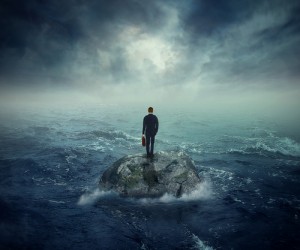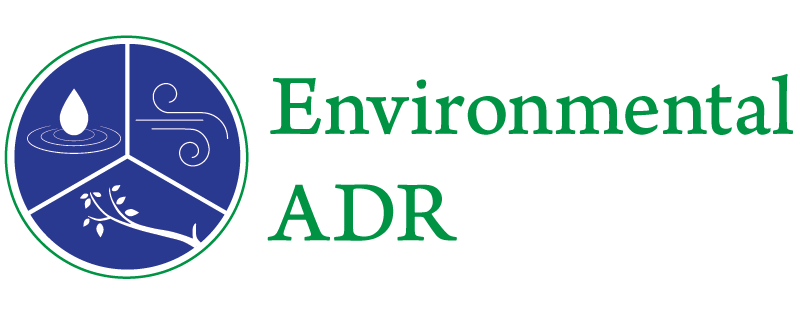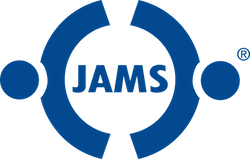 Have you ever wondered if the water in your house is safe to drink? While many have been angered by the news that children in Flint, Michigan were exposed to abnormally high amounts of lead in their drinking water, clean water is actually a problem for millions of Americans.
Have you ever wondered if the water in your house is safe to drink? While many have been angered by the news that children in Flint, Michigan were exposed to abnormally high amounts of lead in their drinking water, clean water is actually a problem for millions of Americans.
Chicago is busy replacing 900 miles of hundred-year-old, potentially hazardous lead pipes, while Fresno is dealing with cancer causing chemicals in wells.
The American Society of Civil Engineers estimates US water infrastructure is nearing the end of its useful life and will need to be replaced, probably costing around a trillion dollars. And the Environmental Protection Agency estimates 16% of water is lost every year through old systems and that over the next 20 years water system upgrades will be a $200 billion market.
And of course, clean water is not only a US problem. Far from it.
Over 663 million people lack access to clean water worldwide. According to the World Health Organization, 1.6 million people die every year from diarrheal diseases due to a lack of access to clean water and basic sanitation. Ninety percent of those who die are children under five, the majority living in developing countries.
Water is not only essential for sanitation, drinking, and cooking but necessary for agriculture, industrial activities, recreation and healthy environmental ecosystems.
As the world’s population continues to grow and urbanize, and as the climate changes, the International Food Research Institute predicts that by 2050 more than 4.8 billion people and half the world’s global grain production will be at risk due to water stress.
Where access to this most valuable of resources is contested, conflict ensues. From Syria and Iraq to Peru and the Ukraine, water continues to play a pivotal and increasing role in conflict, and water-related conflicts have significantly escalated since the turn of the millennium.
The irony about the global water challenge is that we live on a planet awash in water, yet we can only utilize a tiny fraction of it in the form of accessible fresh water.
That’s where we believe new technology and innovation can help. Read More
Read the entire article at SingularityHub.
This was originally published on SingularityHub written by Darlene Damm and Nicholas Hann.


